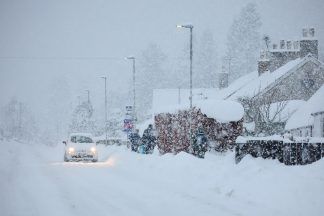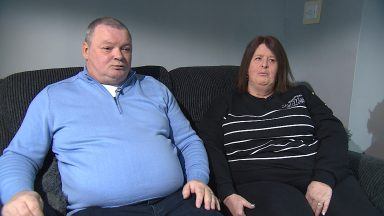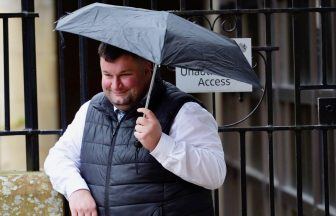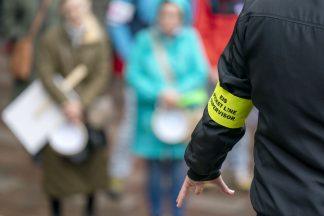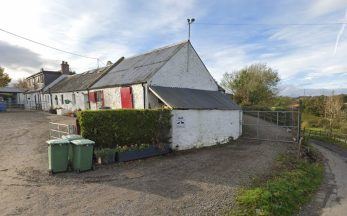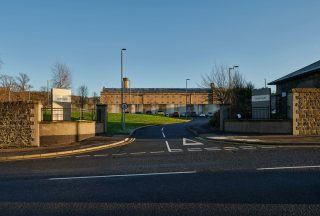Scottish environment bosses say they are confident long-awaited clean-up works at Dalgety Bay will be complete by September next year.
Removal of radioactive materials from beaches in the Fife town – thought to be Scotland’s worst area of radioactive pollution – began in May, 30 years after they were first discovered on the coast.
Private contractor Balfour Beatty is handling the clean-up on behalf of defence chiefs, and aim to make Dalgety Bay’s beaches fully accessible to the public for the first time in years once they are finished.
Delivering their first update to local councillors since the clean-up began, the Ministry of Defence and national environment body SEPA said works were progressing as expected.
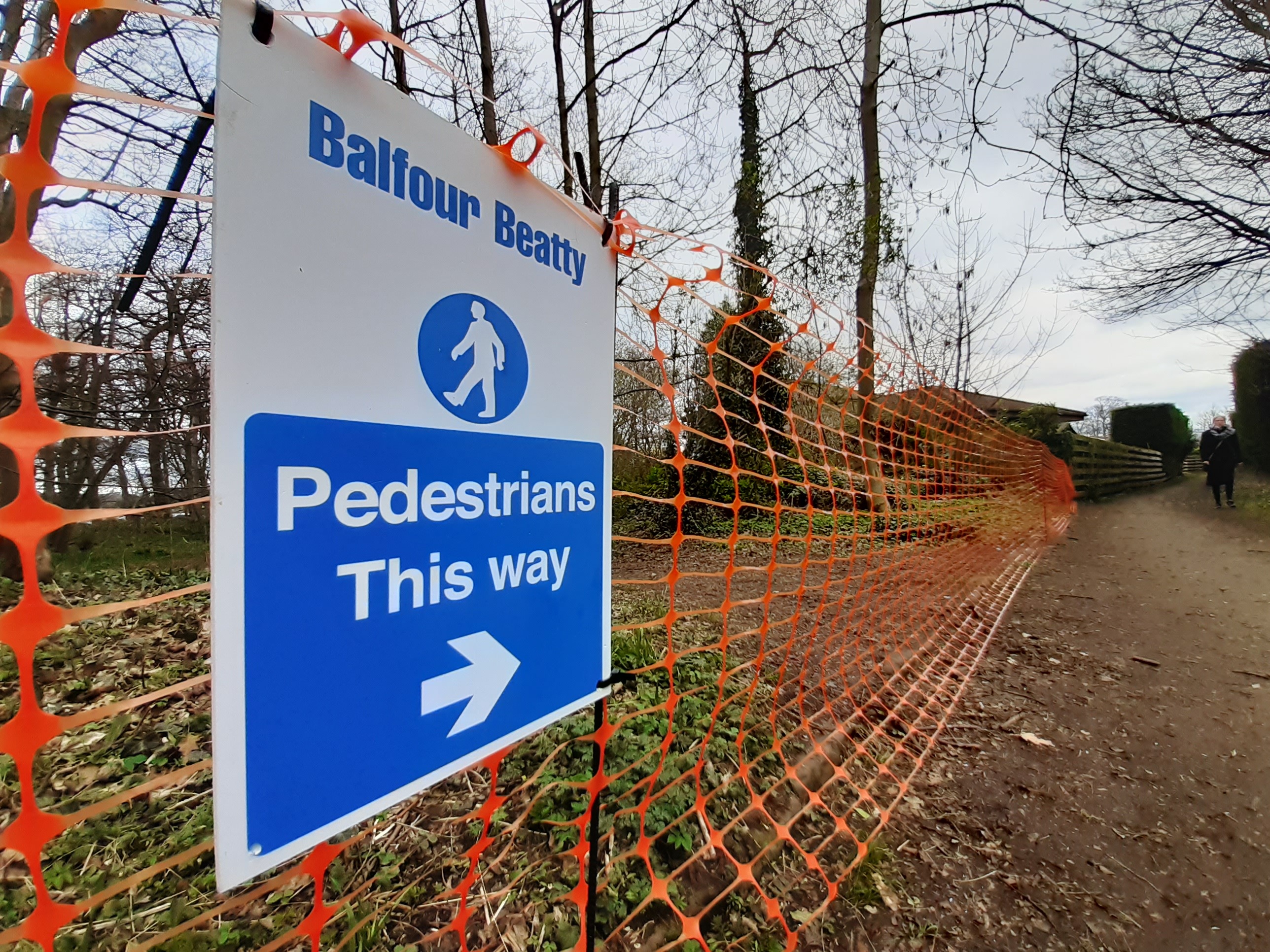 LDRS
LDRSStephen Ritchie, of the Ministry of Defence’s Defence Infrastructure Organisation, said: “The project has moved forward since we last spoke. The contractor has applied for and received the license necessary from SEPA, who expedited that very quickly.
“As of May 17 the contractor has been on-site and beginning the process of the decontamination of the beach. The MoD and SEPA continue to collaborate and the target date of completion is September 2022.”
Despite falling victim to a cyberattack last Christmas that crippled most of its systems, SEPA was able to rush through Balfour Beatty’s application in a matter of weeks rather than its usual timeframe of four months.
Dr Paul Dale, the quango’s radioactive substances manager, added: “Work has commenced to undertake the necessary remediation of the beach – there are no issues in terms of undertaking to remove all restrictions once this is complete.”
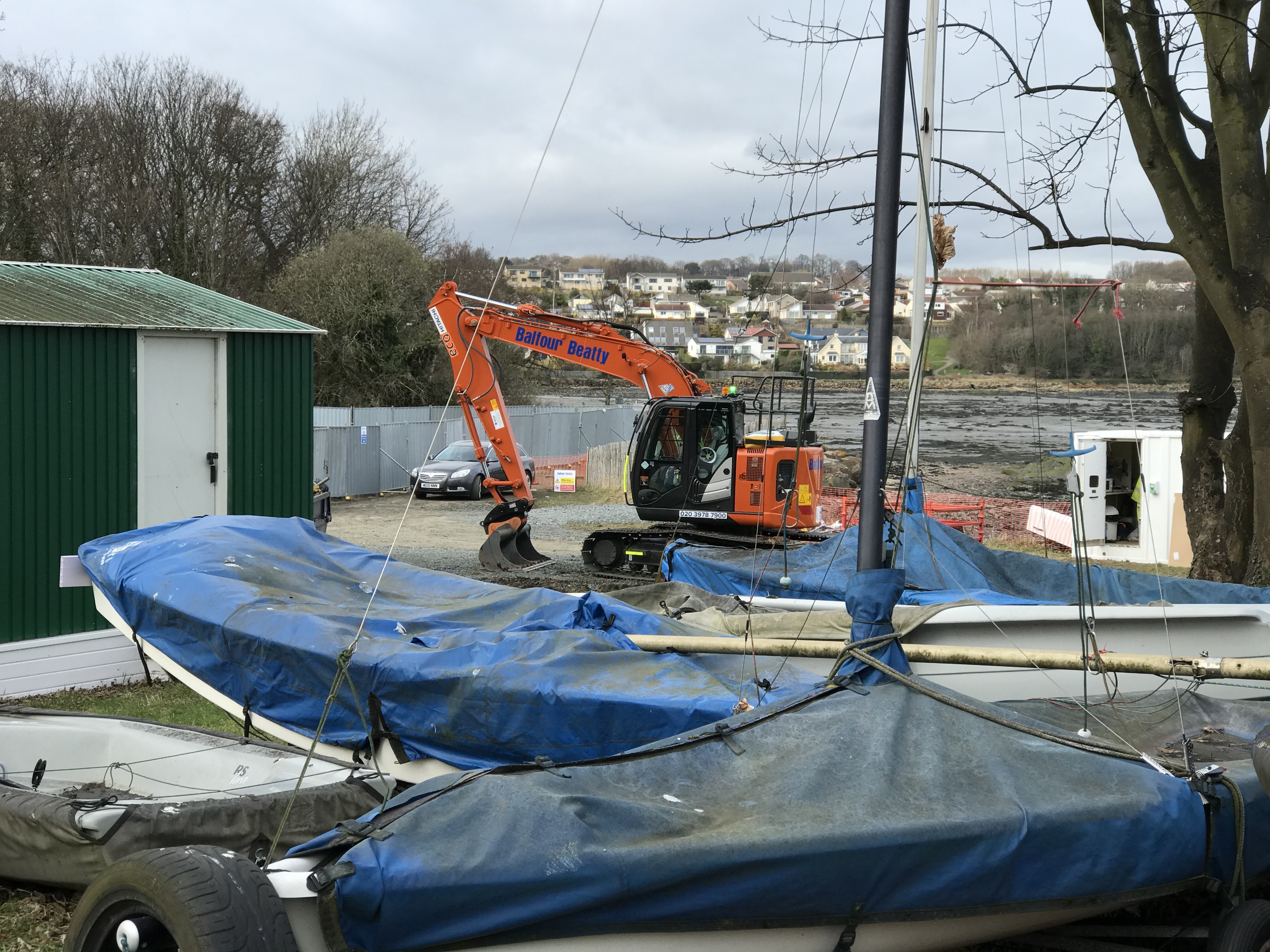 LDRS
LDRSDalgety Bay SNP councillor David Barratt, who once criticised the ambiguity surrounding the works as “start date roulette”, is among those pleased to see real headway on them at last.
“It’s really good to see progress,” councillor Barratt said, praising SEPA’s “robust mechanisms” for monitoring the works.
Much of Dalgety Bay’s coast has been closed off to the public since traces of radium-226 were unearthed through coastal erosion in the 1990s.
The material was used to make Second World War aeroplane instruments glow in the dark, and later incinerated and disposed of at the coast before the town was established.
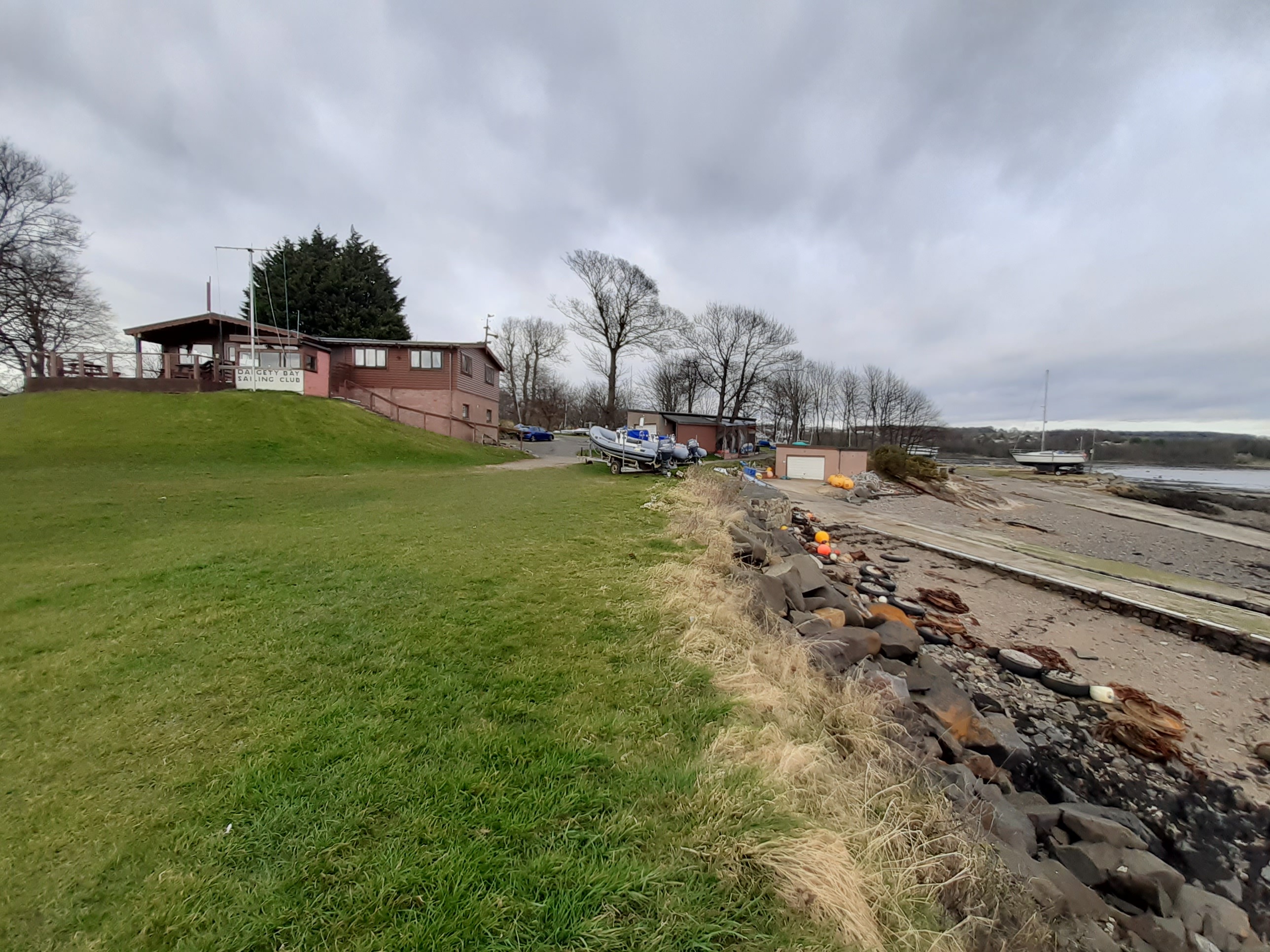 LDRS
LDRSFife’s South and West Area Committee also heard on Wednesday that, among all of Scotland’s sites of radioactive contamination, Dalgety Bay was the worst – and the most likely to pose a threat to the public.
SEPA has a list of approximately a dozen sites rife with radioactive contamination across Scotland. The register is not routinely made available to the public, but such a tally was published by the Sunday Herald in 2012 using freedom of information laws.
Radioactivity expert Dr Dale added: “The work we’re undertaking at Dalgety Bay could have occurred at other sites – so what we have done since understanding the magnitude of the issue at Dalgety Bay is undertake a review at similar sites in Scotland.
“Fortunately, these sites haven’t encountered anything like the magnitude of the problems that we see at Dalgety Bay.”
Balfour Beatty’s toil, which will be suspended during the winter to protect nesting birds, will see the most radioactive material removed and other trace elements covered with new rock armour.
Dalgety Bay Sailing Club will benefit from a new slipway into the Forth that also doubles as radiation shielding to further minimise the risk to the public.
Story by local democracy reporter Jon Brady
Follow STV News on WhatsApp
Scan the QR code on your mobile device for all the latest news from around the country


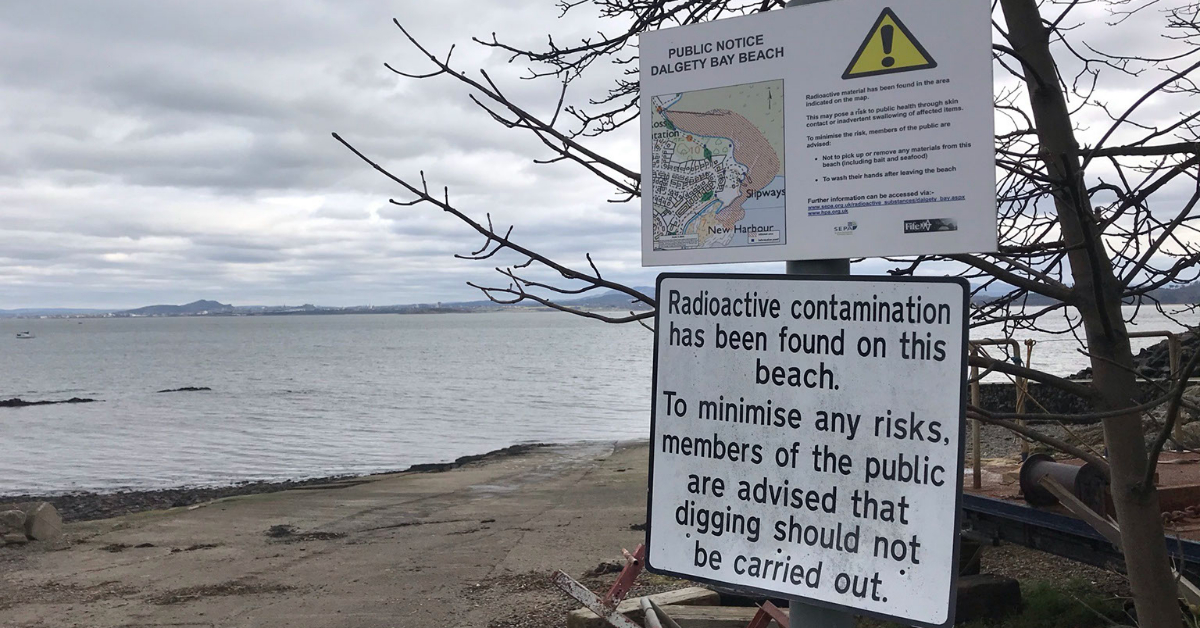 LDRS
LDRS

